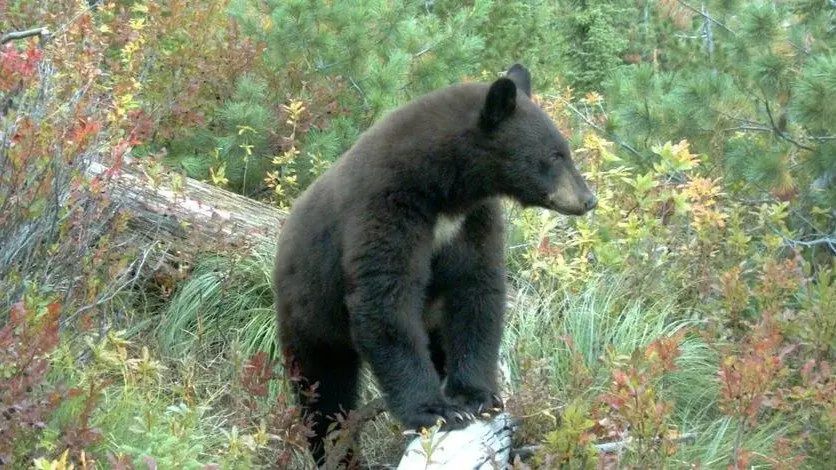COUNCIL, ID – Idaho Fish and Game biologists are testing whether trail cameras can help provide more accurate estimates of black bear populations in Unit 32A, one of the state’s most popular bear hunting areas.
The pilot project, launched this summer, is designed to determine if remote cameras can reliably capture population data across the 60-mile-long unit east of Council. The area is known for quality bear hunting, and recent changes in hunting seasons have increased interest from both hunters and wildlife managers in tracking population trends.
Why It Matters
Understanding wildlife “abundance”—the number of animals in a given area—is central to setting hunting seasons and harvest limits. While species such as deer and elk can be counted using aerial surveys on winter ranges, black bears are much harder to track. They are solitary, prefer dense cover, are most active at dawn and dusk, and spend months in hibernation.
“Bears are one of the hardest species to survey,” said Regan Berkley, Regional Wildlife Manager. “That makes obtaining adequate population data to inform decision making one of the biggest challenges of black bear management”.
Evolving Survey Methods
Historically, Idaho Fish and Game has relied on harvest reports to monitor bear numbers. While useful, this method only reflects the portion of the population harvested by hunters and does not capture the full population picture. Other approaches, such as hair-snare DNA sampling, have been used to supplement that data.
The new camera-based method could offer another reliable tool for estimating populations and provide managers with better insights into long-term trends.
This Year’s Project
Earlier this summer, biologists placed 150 trail cameras at randomly assigned locations throughout Unit 32A. The cameras cover a wide range of habitats, from sagebrush rangelands to alpine meadows and dense forests.
Each camera will operate through the summer and fall, with thousands of images expected to be collected before retrieval. Biologists will begin reviewing and analyzing the photos this fall, but the first population estimate is not expected until spring 2026.
What’s Next
Until then, hunters and recreationists in Unit 32A may notice cameras placed in the landscape. Idaho Fish and Game noted that these cameras are part of the study, quietly gathering data to help shape the future of black bear management in the state.
More information about statewide black bear management can be found in the Idaho Black Bear Management Plan.
